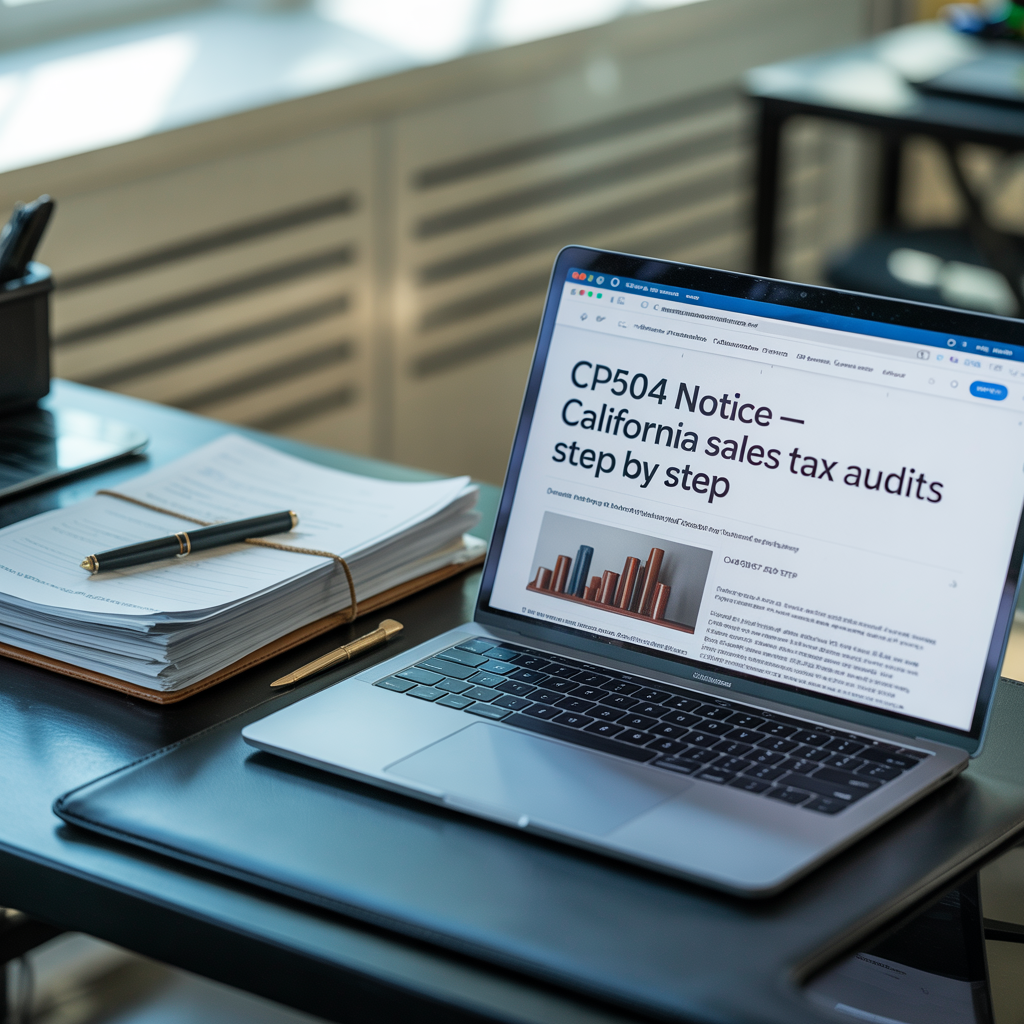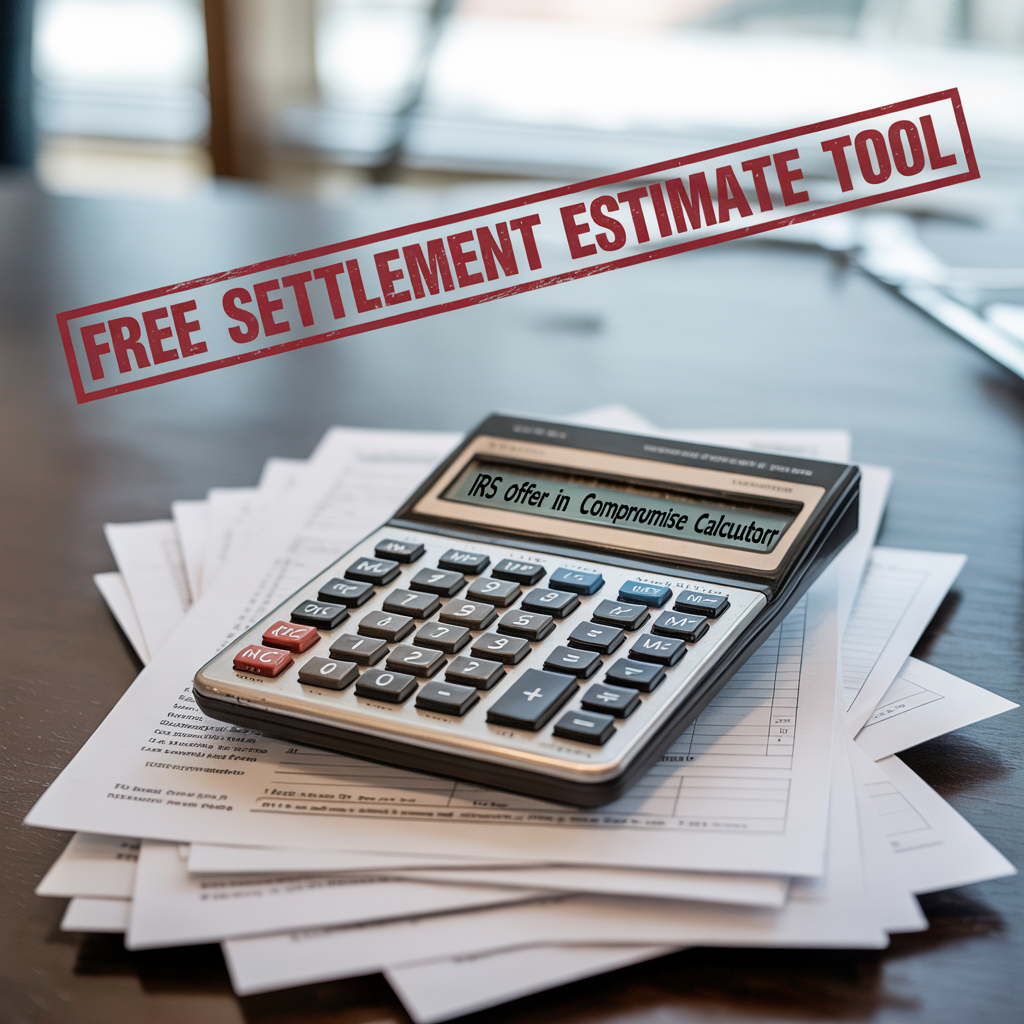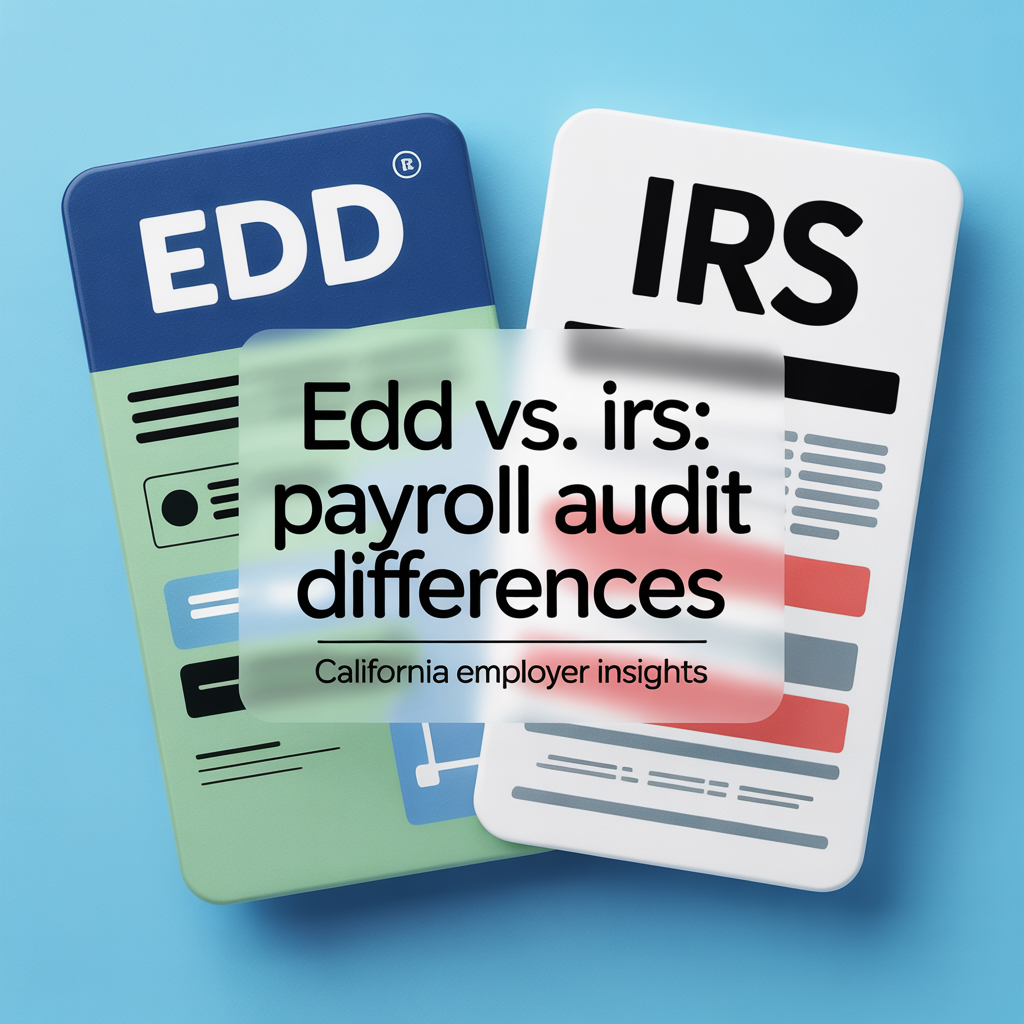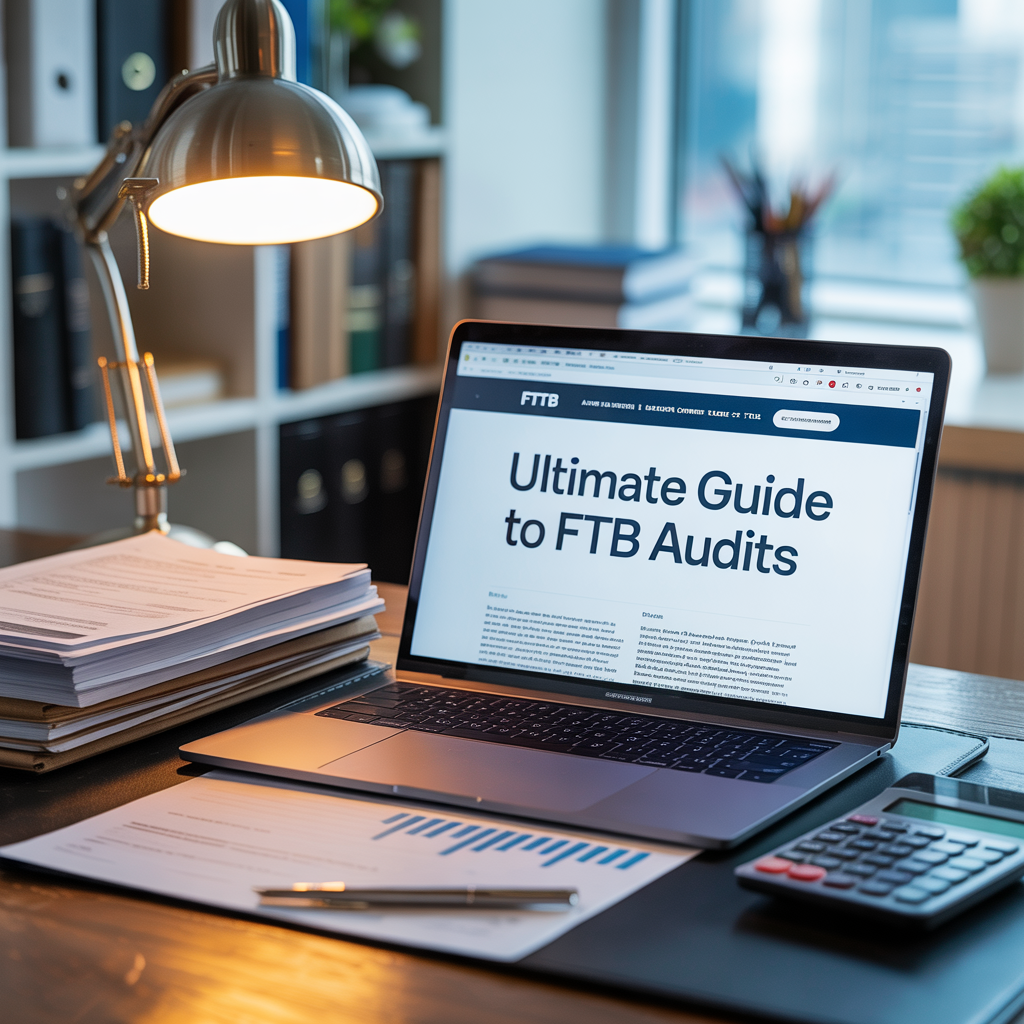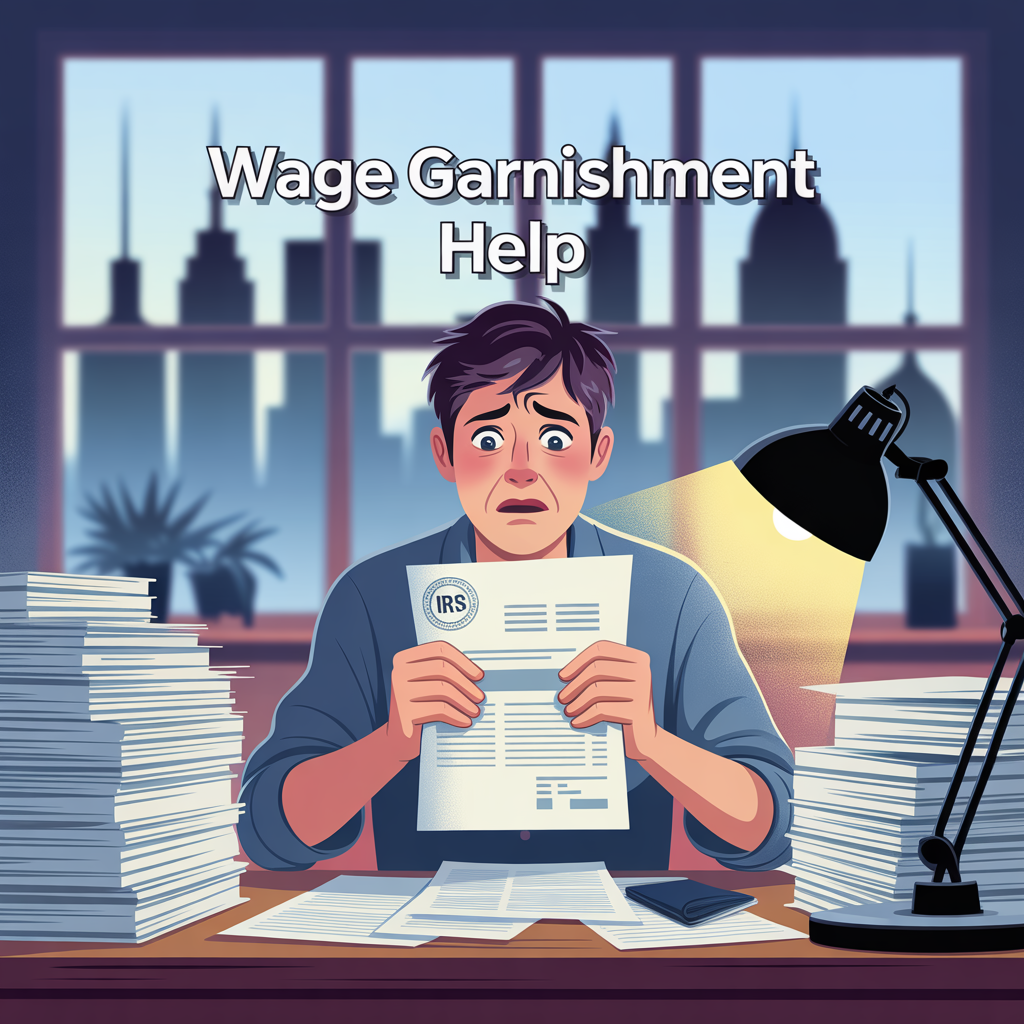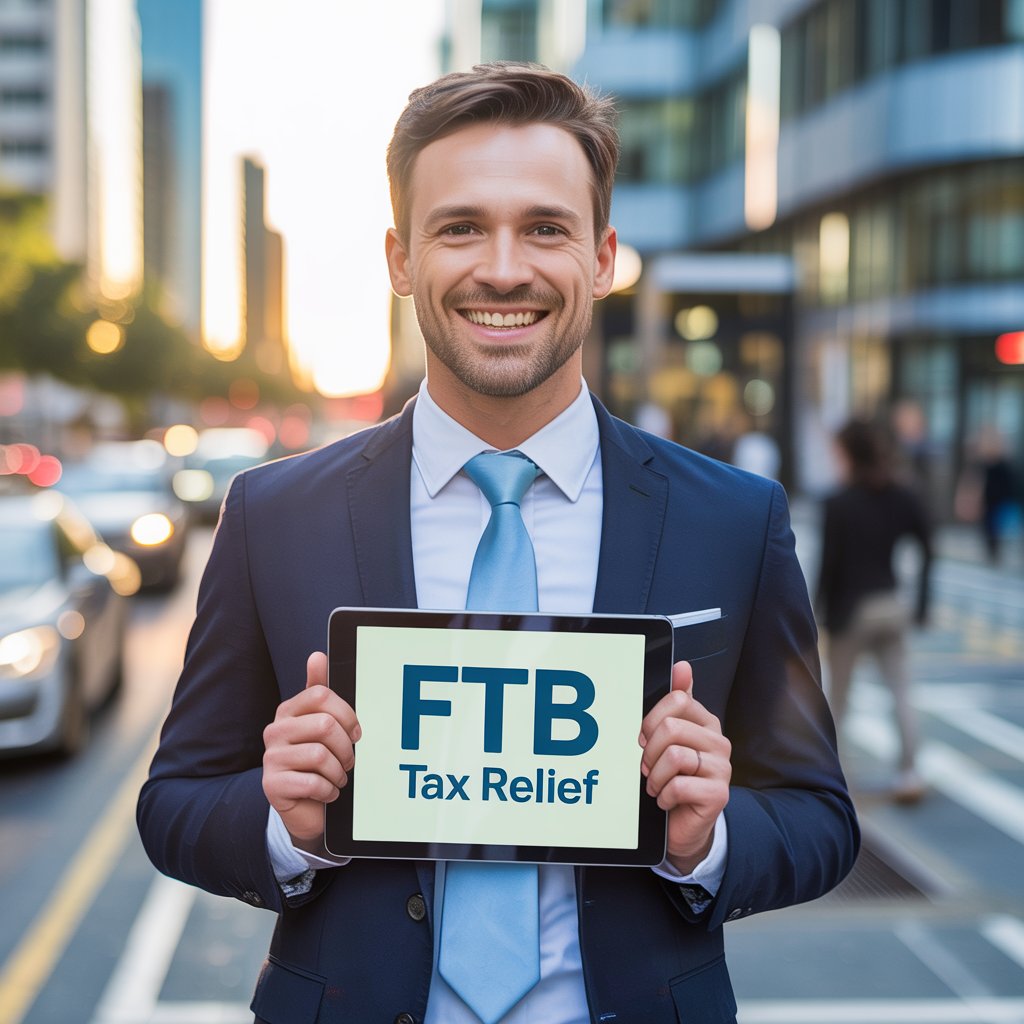How to Get Back Into Compliance with the FTB (Non-Filers Guide)

Introduction: The FTB Doesn’t Forget About Non-Filers
If you’ve missed filing one or more California tax returns, you’re not alone — but you are on the FTB’s radar.
The Franchise Tax Board (FTB) aggressively tracks non-filers using employer records, bank data, and IRS info. Even if you haven’t heard from them yet, it’s only a matter of time before you receive a Demand for Tax Return, a Notice of Proposed Assessment, or worse — a wage garnishment or bank levy.
In this guide, we’ll show you how non-filers in Orange County can get back into compliance with the FTB before penalties escalate, reduce fines, and avoid collections before they start.
🚨 Why Getting Back into Compliance Matters
California has one of the strictest state tax enforcement agencies in the U.S. The FTB has broad power to:
- File Substitute Returns on your behalf (inflating your income and tax liability)
- Issue levies or garnishments
- File tax liens (even if you don’t agree with the balance)
- Suspend your professional license or driver’s license under certain conditions
👉 FTB Collections Process: A Guide for California Taxpayers
📌 Who Is Considered a Non-Filer?
You may be considered a non-filer if:
- You earned income in California but didn’t file a return
- The FTB has received 1099s or W-2s in your name but no corresponding return
- You live out of state but have California-source income
- You received a Demand for Tax Return from the FTB
🧾 What Is a Demand for Tax Return?
A Demand for Tax Return (DFTR) is a notice from the FTB requiring you to file for a specific year. If you ignore it:
- The FTB may issue a Notice of Proposed Assessment (NPA)
- You lose the right to challenge the amount
- Respond quickly to FTB notices to avoid enforcement actions, such as wage garnishment or account levies
👉 Received a Notice from the FTB? Here’s What It Means
📉 What Is a Substitute Return?
If you don’t respond to notices, the FTB may file a Substitute Return using income reported to them by third parties (W-2s, 1099s, etc.). But they do not include any deductions, credits, or expenses.
Example:
- You earned $85,000 in 2021 but also had $30,000 in business expenses
- The FTB files a substitute return showing $85,000 in taxable income
- You’re assessed a $10,000+ tax bill with no deductions
👉 You can still fix this — but only if you act quickly.
✅ Step-by-Step: How to Get Back Into Compliance
✅ 1. Request Your FTB and IRS Transcripts
Before you do anything, get a full picture of what the FTB thinks you owe and which years are missing.
- FTB account transcript
- IRS wage & income transcripts (form W-2, 1099, etc.)
Your CPA can request these on your behalf via Power of Attorney.
✅ 2. Identify the Years You Need to File
- Prioritize the years flagged by the FTB
- Generally, 6 years of returns is the benchmark for restoring full compliance
- If you’re self-employed, gather 1099s and all available expense records
✅ 3. Prepare and File Missing Returns
This is where most taxpayers fall short — they panic, delay, or guess. Don’t.
- Work with a CPA to file accurately
- Include deductions and credits to reduce the tax owed
- If you don’t have every record, reasonable estimates may be allowed (with proper support)
Learn how to resolve back taxes after filing missing returns the right way — not with rushed or unsupported returns.
✅ 4. Respond to Open Notices
If you’ve received a DFTR, NPA, or Lien Notice:
- Respond with proof of filing
- If the FTB filed a substitute return, submit your actual return to reverse or reduce the assessment
- Respond quickly to FTB notices to avoid enforcement actions (repeated here for clarity in context)
✅ 5. Request Penalty Abatement (If Applicable)
Once you’ve filed all necessary returns, you may qualify to request penalty relief once you are compliant. Common reasons include:
- Late filing
- Late payment
- Underpayment (estimated tax)
👉 Can You Get California Tax Penalties Removed?
✅ 6. Set Up a Payment Plan (If Needed)
If you owe taxes, the FTB offers installment agreements, even for non-filers once they’re back in the system.
👉 Top Tax Relief Options for California Taxpayers
✅ 7. Stop Future Issues with Planning
After you’re back in compliance, we help ensure:
- You make estimated payments (if needed)
- You stay off the FTB’s radar going forward
- You protect your credit and income from enforcement
🧭 How Boulanger CPA Helps Orange County Non-Filers
We help taxpayers in Santa Ana, Irvine, Anaheim, Tustin, and beyond:
- Pull FTB and IRS transcripts
- Reconstruct income and expenses
- File multiple years of back tax returns
- Respond to enforcement notices
- Negotiate payment plans or relief options
Whether you’re one year behind or a decade deep, we can help you clean the slate and regain control.
📞 Call
657-218-5700
🌐
www.orangecounty.cpa
Frequently Asked Questions
What does it mean to be out of compliance with the FTB?
It means you have unfiled tax returns or unresolved tax debts with the California Franchise Tax Board, which may trigger enforcement actions.
How far back will the FTB require me to file?
In most cases, the FTB requires at least the last six years of missing returns, but they can demand more if significant income or tax debt is involved.
What happens if I ignore my non-filer status?
The FTB can file a Substitute for Return (SFR) on your behalf, assess taxes at the highest rate, and initiate collections such as liens, levies, and wage garnishments.
Can I negotiate my tax debt after filing missing returns?
Yes. Once you’re in compliance, you may be eligible for a payment plan, hardship deferral, or settlement through an Offer in Compromise.
Will filing old returns automatically remove penalties?
No. Penalties remain unless you qualify for penalty abatement. A CPA can help request this after your filings are complete.
Can a CPA help me with FTB non-filer compliance?
Yes. A CPA can reconstruct income records, prepare past-due returns, and negotiate directly with the FTB to minimize penalties and prevent aggressive collection actions.
📣 About the Author
Marc Boulanger, CPA is the founder of Boulanger CPA and Consulting PC, a boutique tax resolution firm based in Orange County, California and trusted by high-income individuals and business owners across Southern California.
He is the author of Defend What’s Yours: A California Taxpayer’s Guide to Beating the IRS and FTB at Their Own Game, available now on Amazon. The book offers a step-by-step plan for resolving IRS and FTB tax debt without losing your business, your home, or your peace of mind.
With over a decade of experience resolving high-stakes IRS and State tax matters, Marc brings strategic insight to complex cases involving wage garnishments, bank levies, unfiled returns, and six-figure tax debts. He is known for helping clients reduce or eliminate tax liabilities through expertly negotiated settlements and compliance plans.
Marc is a Certified Public Accountant licensed in California and Oklahoma and holds the designation of Certified Tax Representation Consultant. He is a member of the American Society of Tax Problem Solvers (ASTPS) — the national organization founded by the educators and practitioners who have trained thousands of CPAs, EAs, and tax attorneys in IRS representation strategy.
Every case is handled with discretion, proven methodology, and direct CPA-led representation — not call center scripts.
📍 Learn more at www.orangecounty.cpa or call (657) 218-5700.


